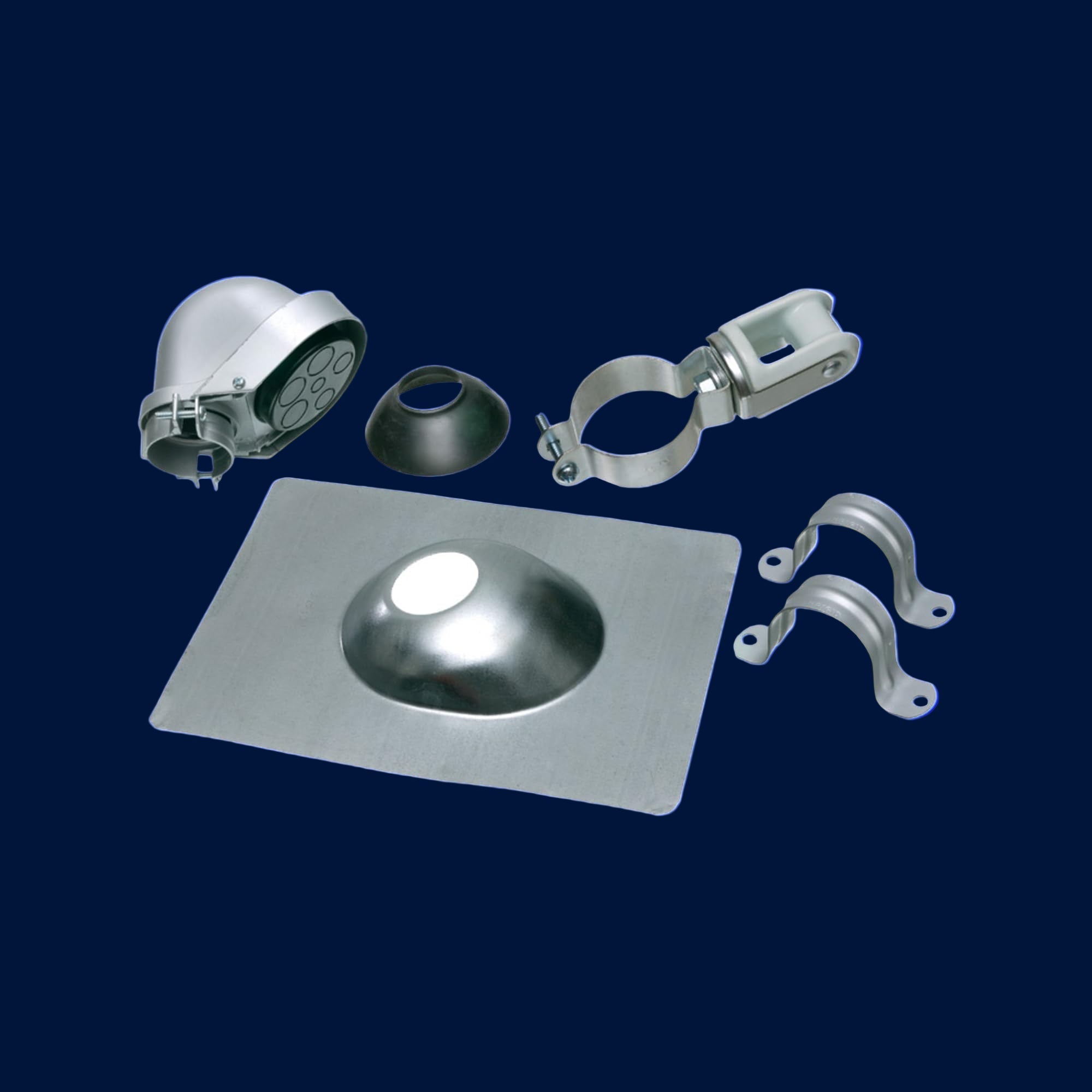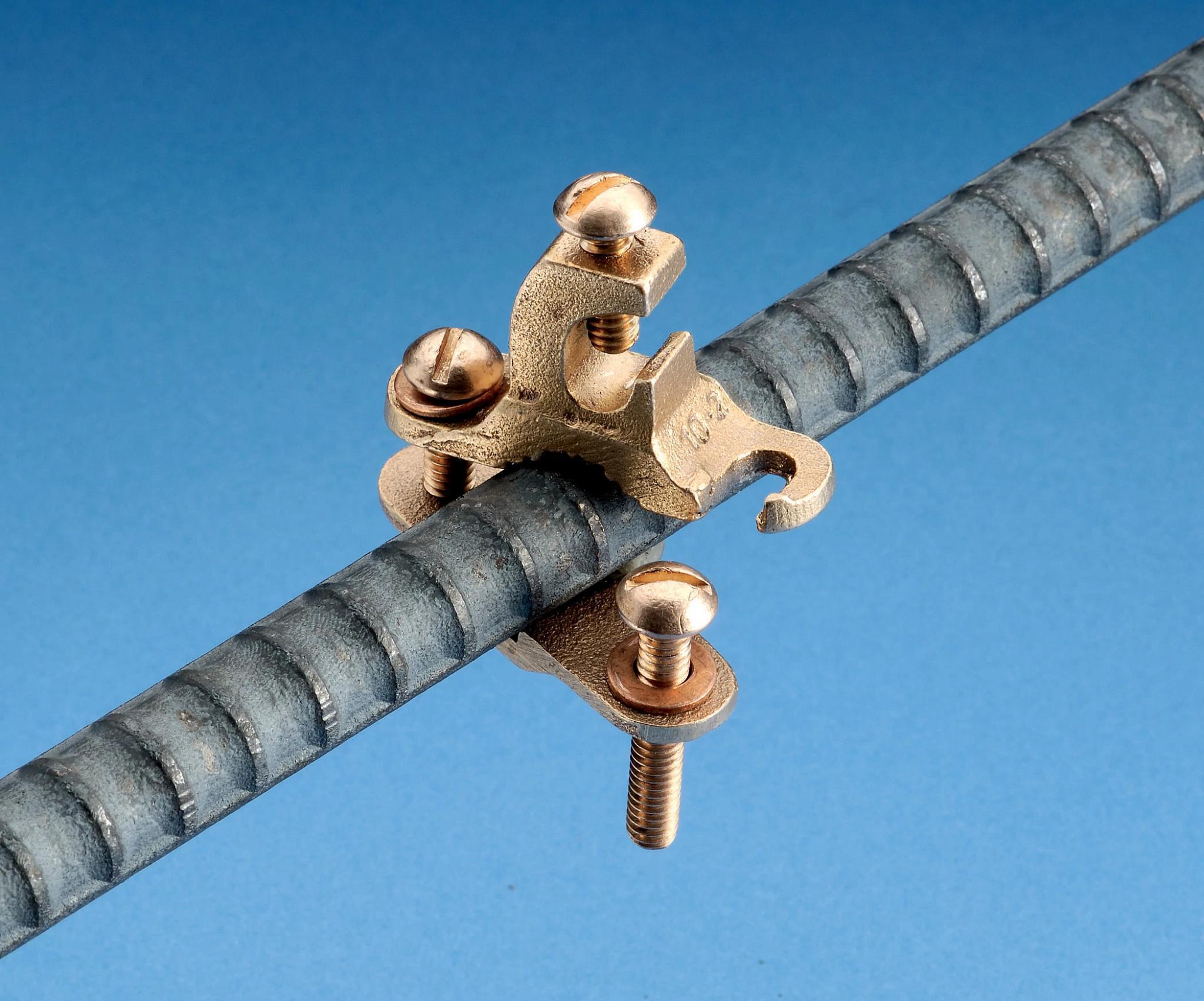Enhancing your home’s exterior with landscape lighting is a straightforward project that can significantly improve curb appeal and security. This guide will walk you through the entire process of landscape lighting installation, from initial planning to adding some technologies to the final adjustments. By following these steps, you will create a beautifully illuminated outdoor space that enhances both the aesthetics and safety of your property.
Step 1: Planning Your Landscape Lighting Layout
Before purchasing any equipment, it is crucial to plan your landscape lighting layout. Consider the areas of your landscape that you wish to highlight, such as walkways, architectural features, or gardens. Sketch a rough diagram of your yard, noting where each light fixture will go. This preliminary step ensures that you will have all the necessary materials and can visualize the end result.
Choosing the right fixtures for each area is essential. Pathway lights are ideal for walkways, while spotlights can highlight architectural features or trees. Floodlights may be used for larger areas that require more coverage. Ensure the fixtures you select are suitable for outdoor use and match the style of your home.
Step 2: Selecting Your Lighting Equipment
Once your plan is in place, the next step is to select your outdoor lighting equipment. You will need a transformer, low-voltage electrical cable, and the light fixtures. The transformer reduces household current to a safe 12 volts, making it ideal for DIY installation. Choose a transformer that can handle the total wattage of all your lights plus a little extra for future additions.
Low-voltage cable connects the transformer to the fixtures. Use 14-gauge cable for systems under 200 watts and 12-gauge for more extensive systems. Selecting the correct type of cable ensures that your system will operate efficiently and safely.
Step 3: Installing the Transformer
The transformer should be installed near a GFCI-protected outdoor electrical outlet. Make sure it is placed in a location that is sheltered from direct rain and has at least one foot of clearance on all sides. Secure the transformer to a stake or directly to the side of your house, ensuring it is stable and upright.
Once the transformer is in place, run the low-voltage cable from the transformer to where your first light fixture will be located. Leave a little slack in the cable at each fixture location to facilitate easy connections.
Step 4: Laying Out the Cable
Begin by laying out the low-voltage cable along the path you have planned for your lights. When you encounter obstacles such as shrubs or fences, gently route the cable around them. Avoid stretching the cable too tightly; allow some slack for easier fixture installation and future adjustments.
Dig a shallow trench, about 3 inches deep, along the cable's path for burial. This depth is sufficient to protect the cable while keeping it accessible for maintenance or adjustments. Place the cable in the trench and lightly cover it with soil, leaving markers at fixture connection points.
Step 5: Connecting the Fixtures
After laying out and burying the cable, it is time to connect the light fixtures. Each fixture will have a connector that pierces the cable to make an electrical connection. Align the connector with the marked points on the cable and press firmly until it snaps in place, ensuring a secure connection.
Test each light fixture as you connect it to ensure that it is working correctly. If a fixture does not light up, check the connection again or replace the bulb to troubleshoot the issue.
Step 6: Adjusting and Securing the Fixtures
Once all fixtures are connected and tested, insert them into the ground. Use a screwdriver to create a hole for each fixture's stake, then push the fixture into place. Make sure each light is straight and securely anchored in the ground.
Adjust the angle of each fixture to achieve the desired lighting effect. Spotlights may need to be aimed at specific features, while pathway lights should be positioned to evenly illuminate walkways.
Step 7: Enhancing Your Landscape Lighting
After completing your basic landscape lighting installation, consider enhancing your setup with additional lighting features from Sonic Electric for more dramatic effects. Adding dimmers or timers to your system allows for greater control over the ambiance of your outdoor spaces, enabling you to adjust the brightness according to the occasion or time of day. Solar-powered lights are another option for areas that are difficult to wire, offering an eco-friendly solution that can easily be moved as your landscaping evolves.
Step 8: Incorporating Smart Technology
The integration of smart technology into landscape lighting has opened up new possibilities for homeowners. Smart LED bulbs and fixtures can be controlled via smartphone apps, allowing you to change colors, set schedules, and even sync your outdoor lighting with home security systems. This technology not only enhances the functionality and versatility of your landscape lighting but also adds an extra layer of security by enabling you to manage lighting remotely.
Step 9: Final Adjustments and Maintenance
After all fixtures are installed, wait until dusk to make final adjustments. Walk around your property to ensure each light is properly illuminating its intended area and adjust as necessary. This final step is crucial for achieving the optimal lighting effect and ensuring that your landscape is showcased as intended.
Regular maintenance includes checking fixtures for damage, replacing burnt-out bulbs, and ensuring that foliage does not obstruct the lights. Keeping your landscape lighting system in good condition will prolong its lifespan and enhance your home’s beauty and security.
Make it a Rewarding Experience
Installing landscape lighting is a rewarding project that can dramatically transform the appearance of your home at night. By carefully planning your layout, selecting the right equipment, and following these step-by-step instructions, you can achieve a professional-quality installation. Check out Sonic Electric’s selections today and remember, the key to a successful project is in the details, from the placement of each light to the final adjustments. With a little effort, your landscape lighting will provide years of enjoyment, enhancing both the beauty and security of your home.






Share:
Common Types Of Circuit Breakers And Their Uses
How Do Bathroom Exhaust Fans Work?